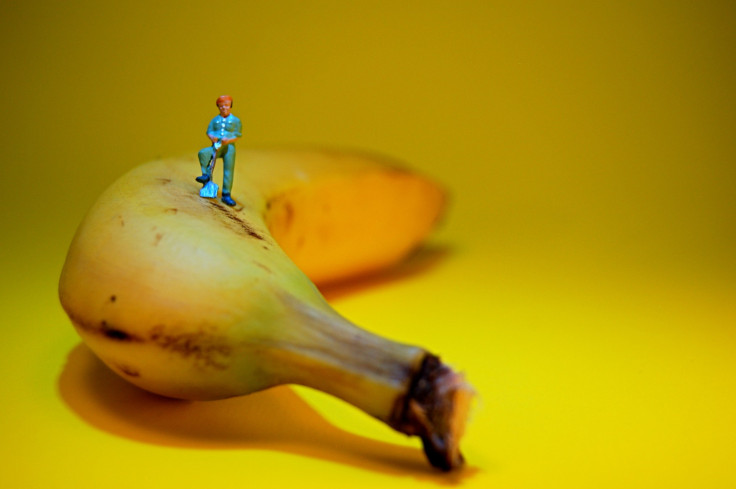Add Fighting The Flu To The Health Benefits Of Bananas: How Scientists Turned Bananas Into Virus Killers

Bananas are high in potassium and fiber, giving them heart-healthy benefits and the ability to fight depression, improve digestion, and promote weight loss. Banana lovers may be able to peel open even more benefits thanks to an international team of scientists who were able to manipulate certain substances within the banana, and turn them into flu and virus fighters.
In a study published in the journal Cell, a research team comprised of 26 scientists from the United States, Germany, Ireland, Canada, and Belgium focused on a protein found in bananas called lectin, nicknamed BanLec. They discovered that this protein is able to read the sugar molecules that cover the outside of many viruses and cells. Though they still aren’t sure how BanLec reads these sugar molecules, which they call the “sugar code,” they believe that it holds the key to controlling how viruses bind to the outside of healthy cells. A result of discovering this would eventually be the development of a new class of drugs to fight the flu.
“Better flu treatments are desperately needed,” said the study’s co-author David Markovitz, a professor of internal medicine at the University of Michigan Medical School, in a press release. “Tamiflu is only modestly effective, especially in critically ill patients, and influenza can develop resistance to it. But we also hope that BanLec could become useful in situations such as emergency pandemic response, and military settings, where the precise cause of an infection is unknown but a viral cause is suspected.”
In 2010, BanLec was used as a first defense against HIV and AIDS, but had several unwanted side effects that limited its prolific use. During this research, scientists were able to tweak BanLec, turning it into a compound that fights viruses in mice without causing irritation or inflammation — as it had in its natural form. They did so by “peeling apart” two walls that were bound together, which separated the function that gave lectin the ability to fight the viruses from the part of lectin that caused the notoriously unwanted side effects.
After studying how sugar molecules worked inside bananas for several years, the international team of researchers named their newly engineered version of BanLec “H84T.” They were also able to demonstrate how BanLec connects to the virus' sugar molecules, but couldn't tell how the immune system's T cells worked to fight the virus.
Moving forward, the German portion of the team will work to engineer a tool that allows for a more in-depth exploration of how the sugar code functions and interacts with lectin. “What we’ve done is exciting because there is potential for BanLec to develop into a broad spectrum antiviral agent, something that is not clinically available to physicians and patients right now,” Markovitz said. “But it’s also exciting to have created it by engineering a lectin molecule for the first time, by understanding and then targeting the structure.”
Source: Markovitz DM, Swanson MD, Bourreaux DM, et al. Engineering a Therapeutic Lectin by Uncoupling Mitogenicity from Antiviral Activity. Cell. 2015.



























